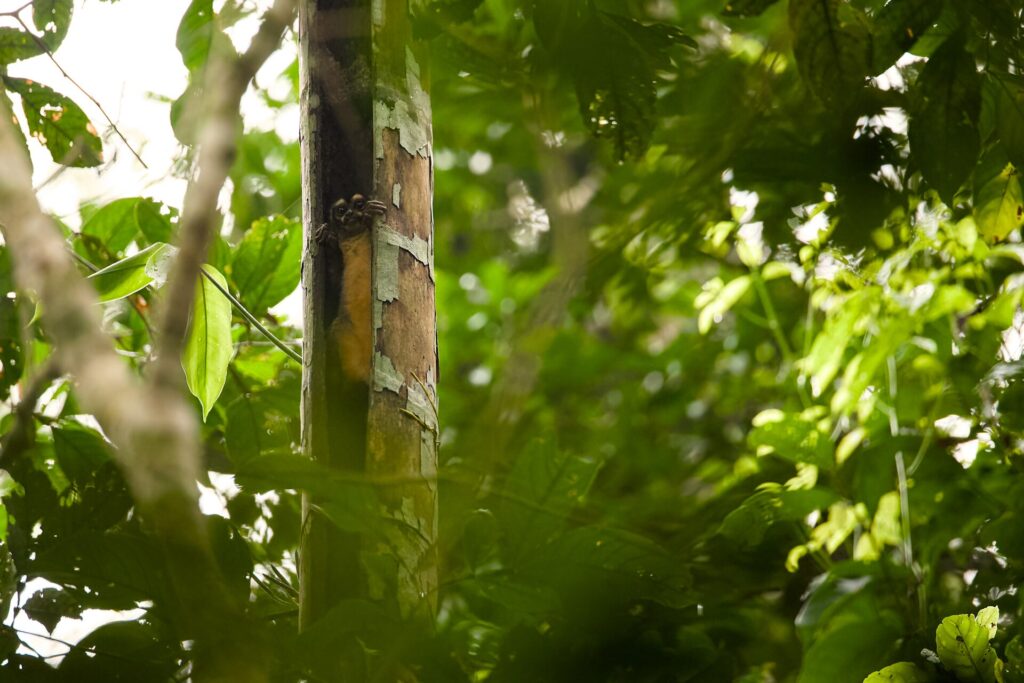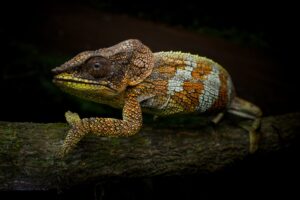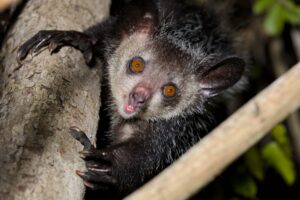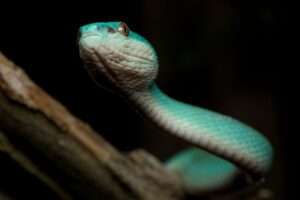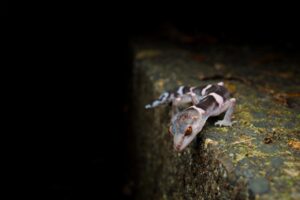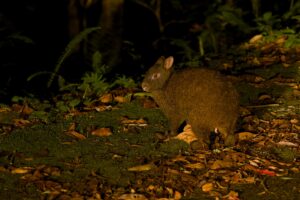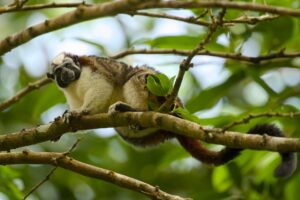Among the more than 200 known species of anthropoid primates, there is only one that has adopted a truly nocturnal lifestyle: the night monkey, also known as the “Owl Monkey” or “Douroucouli.”
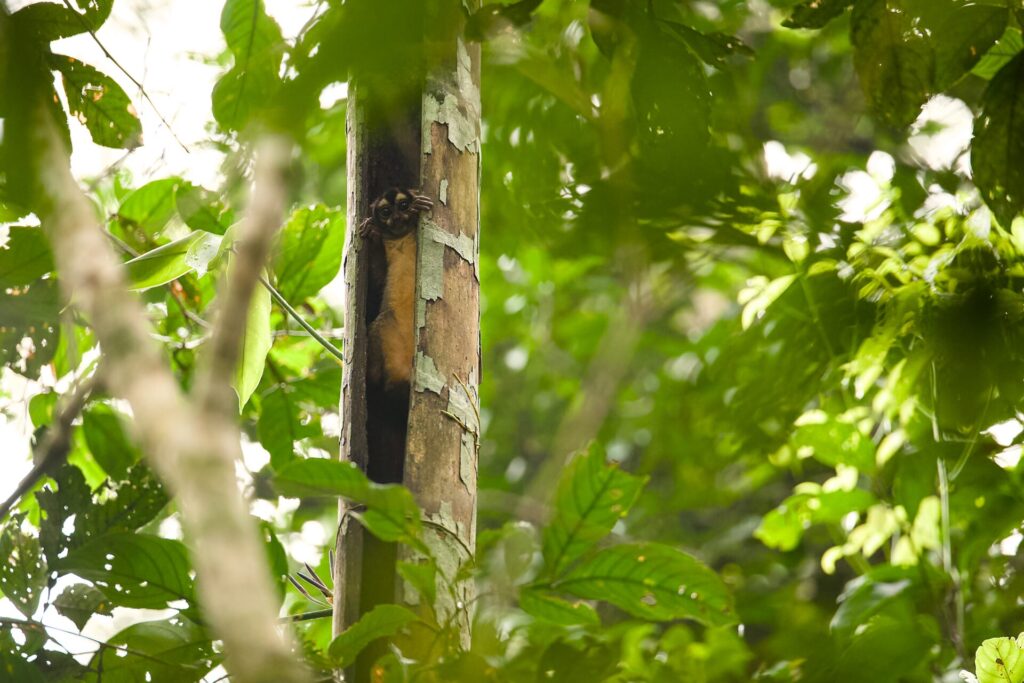
Native to the tropical rainforests of Central and South America, night monkeys are aptly named for their nocturnal habits. They are uniquely adapted to life in the dark, with large, expressive eyes that enhance night vision, while retaining the distinct facial features typical of other monkeys, giving them a striking and unmistakable appearance.
Night monkeys are also notable for their monogamous social structure. In the wild, most individuals live their entire lives with a single partner. This level of pair bonding is relatively rare among primates and has made them a subject of interest in behavioral and social ecology studies.
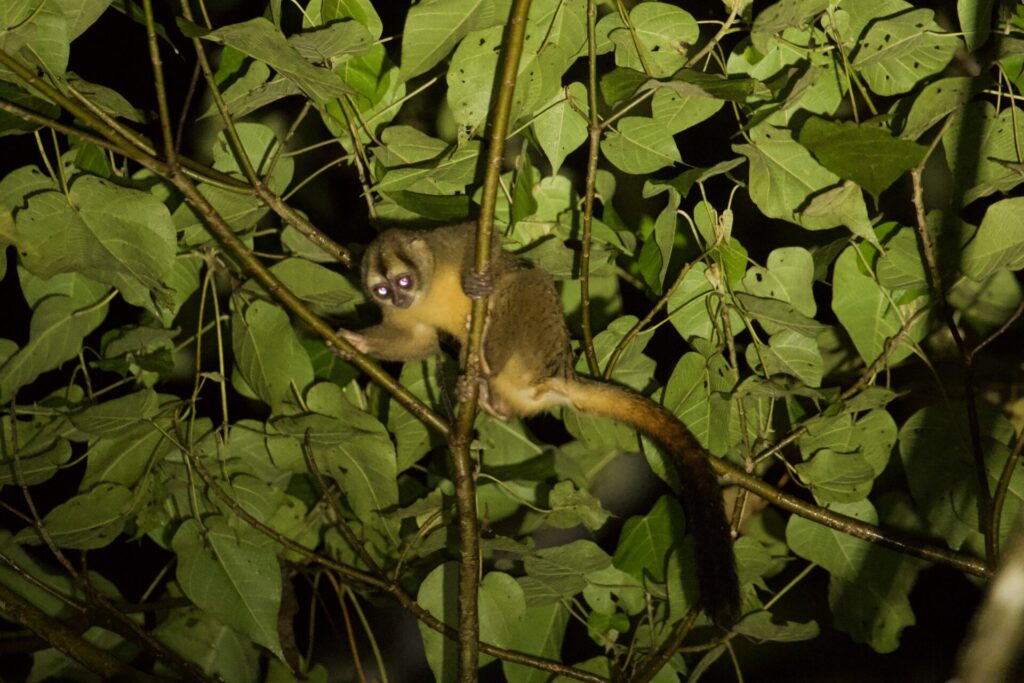
One of the most remarkable aspects of their biology is their parenting behavior. Unlike most mammals, it is the male night monkey who assumes the primary role in caring for the young. The father typically carries the infant throughout the day and night, while the mother only takes the baby during nursing. This distinct division of parental responsibilities is a defining characteristic of their genus, Aotus.
Despite their fascinating behavior, night monkeys are not easy to spot. Their quiet, agile movements through the treetops at night make them elusive to observers. However, for those fortunate enough to encounter one in the wild, the experience is unforgettable.
If you find yourself exploring the rainforests of Central or South America, keep an eye out for this unique primate—the night monkey.
